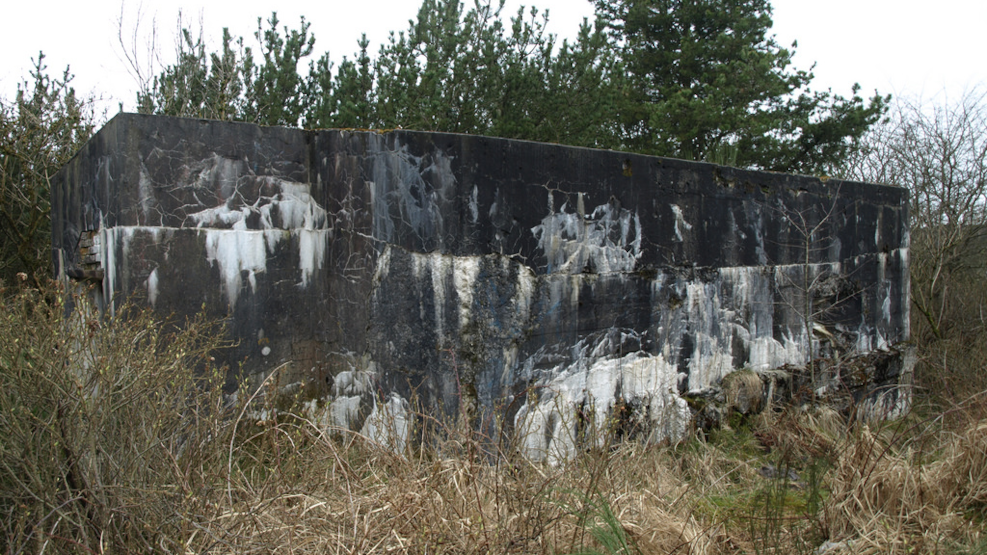
Gl. Rye Airfield (Flyveplads)
This former airfield near Gl. Rye bears clear traces from World War II and Denmark's occupation. Dive into history and enjoy the beautiful nature of the Danish Lakelands.
Experience wartime history in beautiful nature
Near the Gudenå River and Salten Langsø, lie the remnants of what was once Rye Airfield (Flyveplads). The airfield is now abandoned but has an intriguing history, intricately linked to World War II and Denmark's occupation. Today, the scenic area surrounding the airfield still bears many traces of the war and post-war period.
From private airfield to Luftwaffe base and refugee camp
Rye Airfield was established as a private airfield in 1935 but quickly transitioned to being used by the Danish Aviation Company. However, its fate changed when Denmark was occupied on April 9, 1940. On the very same day, the airfield was seized and utilized by German troops.
In the following years, the area was occupied by the German army and gained significant strategic importance in Germany's attack on Norway. As the war progressed, the airfield played a less central role for the occupying forces. Towards the end of the war, some of the many refugees from East Germany, fleeing the advancing Russian army and heading towards Denmark, were accommodated in barracks in the area. By the end of the war, a total of 238,000 German refugees found themselves in Denmark, and the Danish government decided to place them in a few camps around the country. One of these camps was Rye Airfield, which housed 14,800 German refugees at its peak.
The refugee camp closed in 1948, and since then, the area has remained deserted. The airfield is now covered in grass, while the rest of the area is adorned with heather, trees, and bushes. In the vicinity, there are numerous bunkers, barracks, and remnants and foundations of hangars, infirmaries, and artillery positions, among others.
The scenic surroundings
The landscape near the village Gl. Rye, the Gudenå river, Lake Mossø, and Lake Salten Langsø in the Ryhule nature area is beautiful and distinguished by its forests, heathlands, hills, lakes, and meadows. In fact, the airfield has been described as one of the most beautifully located airfields in the world. This part of Bakkelandet offers some of the most unspoiled nature in Denmark.
When you visit the area in search of remnants from wartime, it's worth stopping by some of the exciting natural gems in the vicinity.
If you enjoy swimming, you can visit Blidsø or one of the many other bathing lakes within a short distance. You can also combine your outing with a bike ride around Salten Langsø or Mossø. At the Sugar Loaf (Sukkertoppen), you'll have one of the best views in the country, and at the foot of Sukkertoppen lies the Monastery Mill (Klostermølle), an old Benedictine monastery with a watermill and paper factory, which today is a perfect spot for a picnic.
There are excellent opportunities to combine a trip to Gl. Rye Airfield with other experiences nearby. Find further inspiration for activities in tBakkelandet on this page.